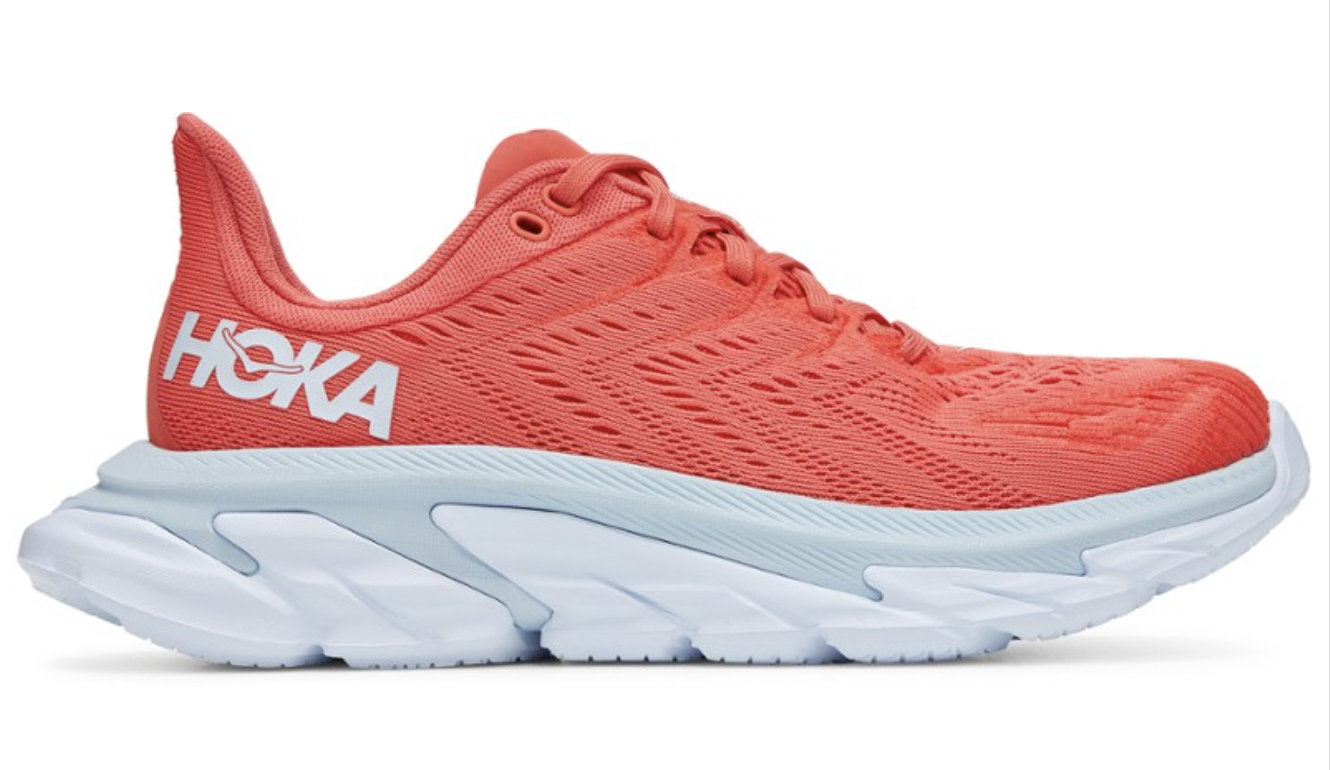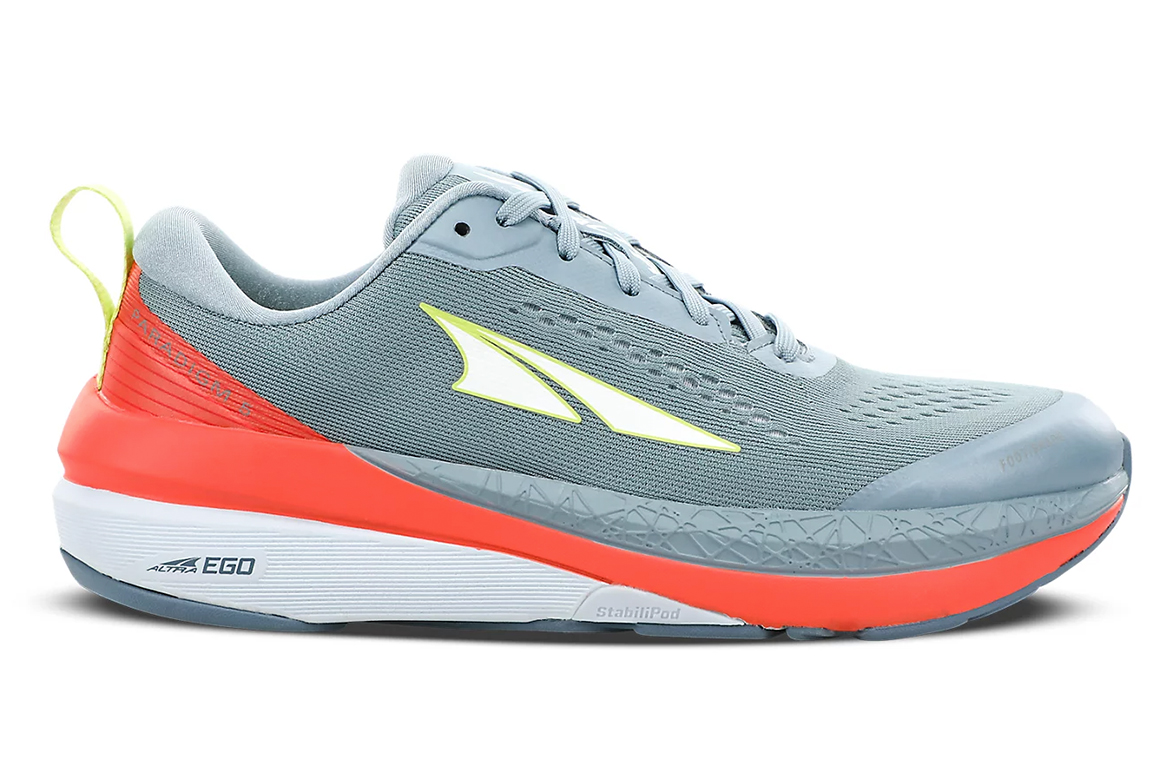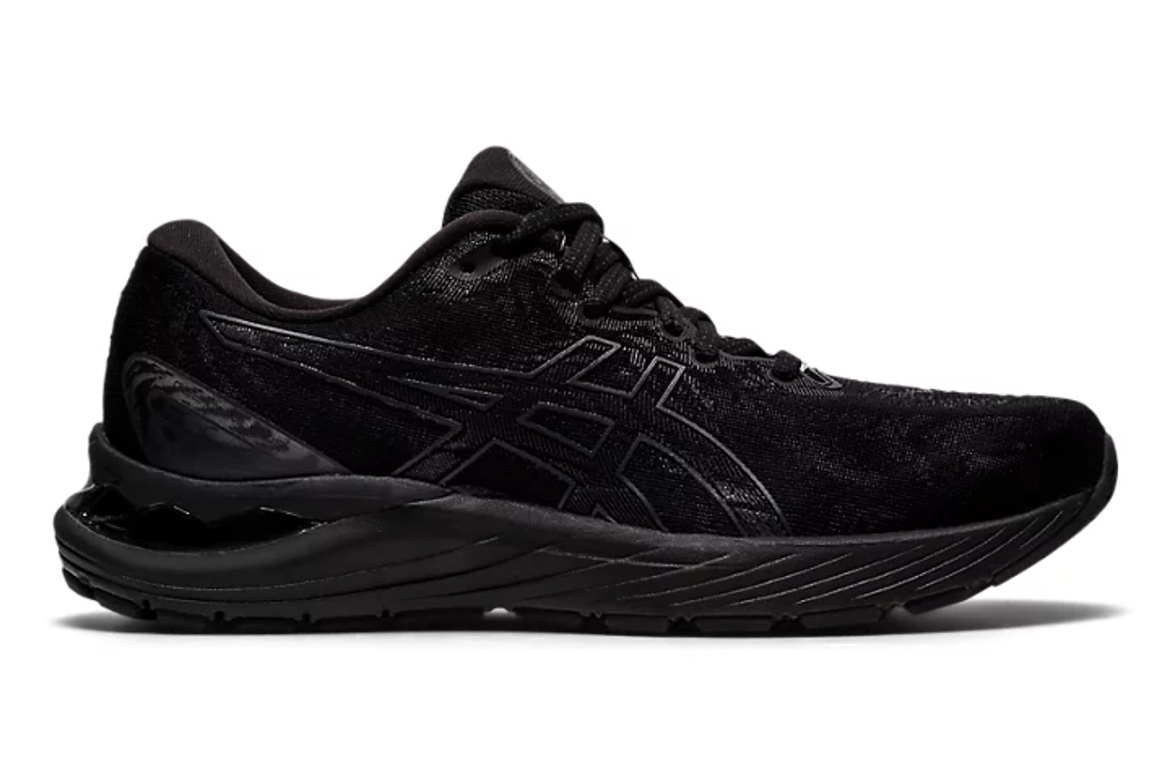Zero Drop Shoes: Are They Good or Bad for You? We Asked a Podiatrist
Unlike most cushioned running shoes, those of the "zero drop" variety are the ultimate in minimalism, allowing your foot to mimic the motion it would make if you were wearing no sneakers at all. But while Bikila may have used this method to win a marathon, it may not be for everyone—here's what you need to know.
What are zero drop shoes?
A shoe's "drop" refers to the height difference between the heel and toe of a shoe. In the case of zero drop shoes, there is literally zero drop, which means the sole is designed as a straight, single plane. "Zero-drop running shoes are minimal 'barefoot' running shoes that have minimal to no cushioning and leave the feet laying directly flat on a level surface of the shoe," says Miguel Cunha, DPM, a board-certified podiatric surgeon and founder of Gotham Footcare in New York City. This means that your feet are getting very little support every time they hit the ground, which comes with certain side effects.
{{post.sponsorText}}
The purported benefits of zero drop shoes
"The most commonly advocated benefit is that barefoot or zero drop shoes encourage less dependency on shoe gear and more reliance on strong muscles of the feet and legs, which in theory will help improve body posture, stride, and performance overall," says Dr. Cunha. "These shoes may feel comfortable and help improve performance as long as there is no underlying foot pain or deformities." But, he says, this comes along with a very big caveat. "It's important to be aware that the benefits of zero drop shoes are only available to people that already have the proper running form to begin with." So unless you're already an avid runner (or, say, an Olympic marathoner), you'll probably want to start out with a shoe that offers more cushioning or structural support.
The risks of zero drop shoes
There's a reason why podiatrists caution people from walking around their houses barefoot, and this advice is even more important when it comes to running. "Walking with little to no support on hard surfaces allows our foot to collapse, which can lead to a tremendous amount of stress not only to the foot but to the rest of the body," says Dr. Cunha. "Our feet naturally pronate during the gait cycle, however when we walk without support we pronate for a longer period of time which then alters the biomechanics and distribution of pressure and weight across the foot." This can exacerbate foot problems like bunions and hammer toes, cause pain in your arches, heels, and Achilles, and lead to an imbalance that extends all the way up your body through your knees and back.
Some people also believe that because the shoes help to shorten a runner's stride, they place less stress on people's joints, but Dr. Cunha actually believes that zero drop shoes actually increase the risk of injury. "I frequently treat patients coming into my office suffering from injuries after wearing minimalist shoes—like stepping on a foreign object, spraining an ankle, or developing a stress fracture," says Dr. Cunha. And if you've got flat feet? The potential problems with zero drop shoes are even more pronounced.
"Runners with poor foot structures, such as flat feet, are at an increased risk of developing musculoskeletal injuries when using minimalist shoes," says Dr. Cunha. "Although not everyone with flat feet suffers from foot pain, people with flat feet overpronate, which means their arch collapses for abnormally long periods of time during the gait cycle." Thanks to the lack of support their arches are getting from zero drop shoes, this prolonged overpronation can lead to plantar fasciitis, bunions, tendinitis, stress fractures, calf pain, and shin splints. Ouch.
So while barefoot-style running shoes may look cool (especially when they're worn by some of the greatest runners in the world), for those of us logging casual weekly miles it's best to stay away. " What people have to understand in some parts of the world some individuals have been running with minimal to no shoe gear since they were children. Years of running with minimalist shoe gear may have increased musculature and osseous callus formation in their feet, which may enable some individuals to withstand the impact of barefoot running with less risk of injury," says Dr. Cunha. "This is not the case for most people." In other words? Cushioning—and all the fancy foot-friendly technology that comes along with it—is your friend.
Check out these 4 podiatrist-approved alternatives to zero drop shoes

Originally $160, now $125
This new iteration on the brand’s bestselling Clifton runner has an even faster response cushion and a wider, more stable base, for ultimate support. The extended heel also adds for softer landings and a more even stride.

For the perfect combination of comfort and support, Altra has got you covered. Though the shoe is on the lighter side, the brand’s trademark GuideRail and StabiliPods offer maximum support and encourage correct form and comfortable running.

Inspired by cumulus clouds, these shoes are made to be mega-supportive while still making you feel like you’re running on air. Crafted to “adapt to the runner’s anatomy in motion,” the support is strategic and targeted while still being breathable and durable.

Besides just coming in 8 unique colorways (including tie-dye!), these road running shoes are lightweight and made for supportive speed. The air-mesh fabric enhances fit and ventilation, while the blown rubber sole is kind to your joints and allows for quick transitions.
Loading More Posts...